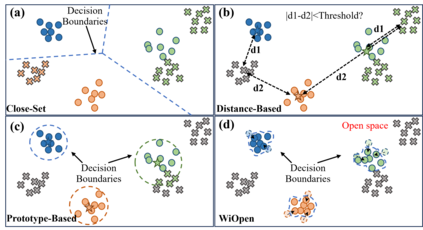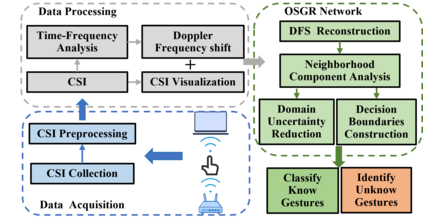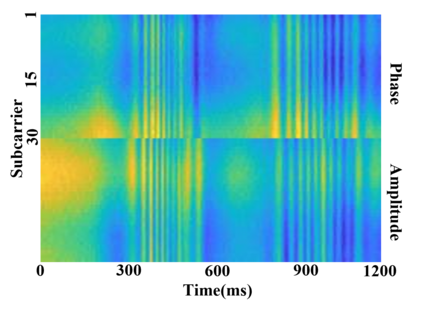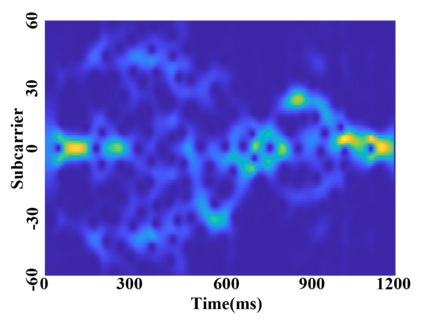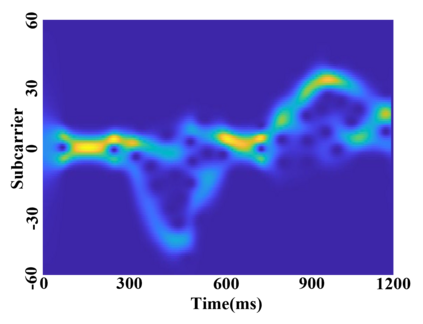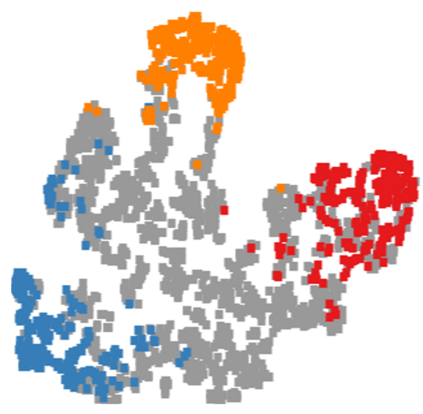Recent years have witnessed a growing interest in Wi-Fi-based gesture recognition. However, existing works have predominantly focused on closed-set paradigms, where all testing gestures are predefined during training. This poses a significant challenge in real-world applications, as unseen gestures might be misclassified as known classes during testing. To address this issue, we propose WiOpen, a robust Wi-Fi-based Open-Set Gesture Recognition (OSGR) framework. Implementing OSGR requires addressing challenges caused by the unique uncertainty in Wi-Fi sensing. This uncertainty, resulting from noise and domains, leads to widely scattered and irregular data distributions in collected Wi-Fi sensing data. Consequently, data ambiguity between classes and challenges in defining appropriate decision boundaries to identify unknowns arise. To tackle these challenges, WiOpen adopts a two-fold approach to eliminate uncertainty and define precise decision boundaries. Initially, it addresses uncertainty induced by noise during data preprocessing by utilizing the CSI ratio. Next, it designs the OSGR network based on an uncertainty quantification method. Throughout the learning process, this network effectively mitigates uncertainty stemming from domains. Ultimately, the network leverages relationships among samples' neighbors to dynamically define open-set decision boundaries, successfully realizing OSGR. Comprehensive experiments on publicly accessible datasets confirm WiOpen's effectiveness. Notably, WiOpen also demonstrates superiority in cross-domain tasks when compared to state-of-the-art approaches.
翻译:暂无翻译

